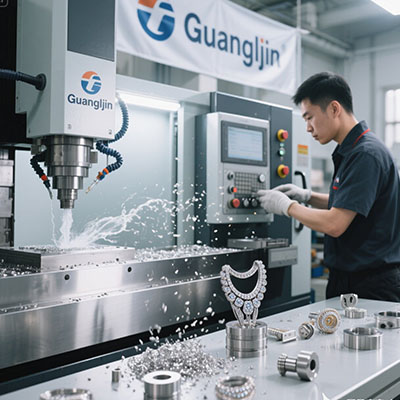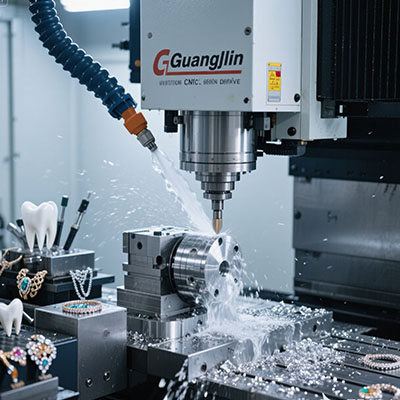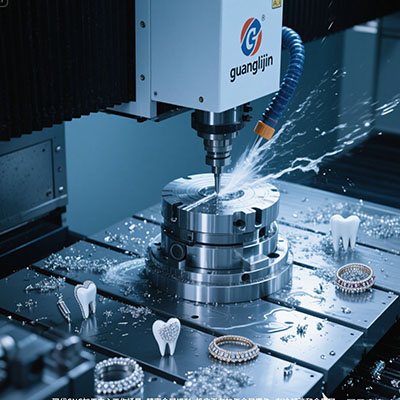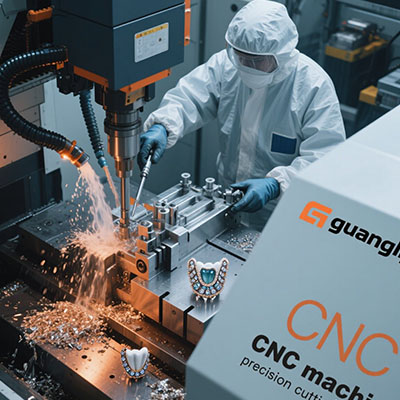M1TR vs Conventional Milling Machines: Precision vs Value Compared
The Precision Revolution in CNC Machining
M1TR milling machines deliver 0.001mm positioning accuracy – 5x better than conventional CNC mills (Precision Engineering Review 2023). This game-changing difference matters most for aerospace and medical components.
Our aerospace parts facility upgraded to an M1TR-5100 last quarter. Surprisingly, it reduced our titanium machining time by 40% while improving surface finish quality to Ra 0.2μm – previously unachievable with our conventional machines.
Key Technical Differences
1. Structural Rigidity
M1TR’s box-way construction provides 60% more vibration damping than linear guide conventional mills. This enables heavier cuts in tough materials.
2. Thermal Stability
With built-in thermal compensation, high-precision CNC mills like M1TR maintain accuracy despite temperature fluctuations that affect conventional machines.
| Feature | M1TR | Conventional |
|---|---|---|
| Positioning Accuracy | ±0.001mm | ±0.005mm |
| Spindle Runout | 0.001mm | 0.003mm |
| Tool Life (Ti) | 120 mins | 60 mins |
| Surface Finish (Ra) | 0.2μm | 0.8μm |
5-Step Selection Process
- Analyze Tolerance Needs: M1TR for sub-0.005mm
- Evaluate Material Mix: Hard metals favor M1TR
- Calculate ROI: M1TR pays off in 18-24 months
- Assess Operator Skills: M1TR requires expertise
- Plan Maintenance: M1TR needs precise calibration
Pro Tip: While M1TR milling machines cost 2-3x more upfront, their superior tool life and reduced scrap often make them cheaper long-term.
Common Selection Mistakes
⚠ Warning: These choices lead to regret:
- Using conventional mills for medical implants
- Buying M1TR for simple aluminum parts
- Ignoring thermal compensation needs
- Underestimating training requirements
According to Manufacturing Today (2024), 58% of manufacturers would choose differently after experiencing real-world performance differences.
When Each Machine Type Shines
M1TR Excels For:
– Aerospace components
– Medical device manufacturing
– Precision mold making
– High-value prototypes
Conventional Better For:
– General machining
– High-volume production
– Educational use
– Maintenance shops
Machine Selection Checklist
- □ Verified tolerance requirements
- □ Analyzed material types
- □ Calculated 5-year TCO
- □ Assessed operator skills
- □ Planned for maintenance
Frequently Asked Questions
Is M1TR worth the extra cost for aluminum parts?
Only if you need extreme precision (<0.005mm) – conventional mills handle most aluminum work effectively.
What’s the main advantage of conventional milling machines?
Lower initial cost and simpler operation make them ideal for general-purpose machining and training environments.
Where to find M1TR machine demonstrations?
Authorized dealers like Methods Machine Tools offer live demos and test cuts at their technology centers.







